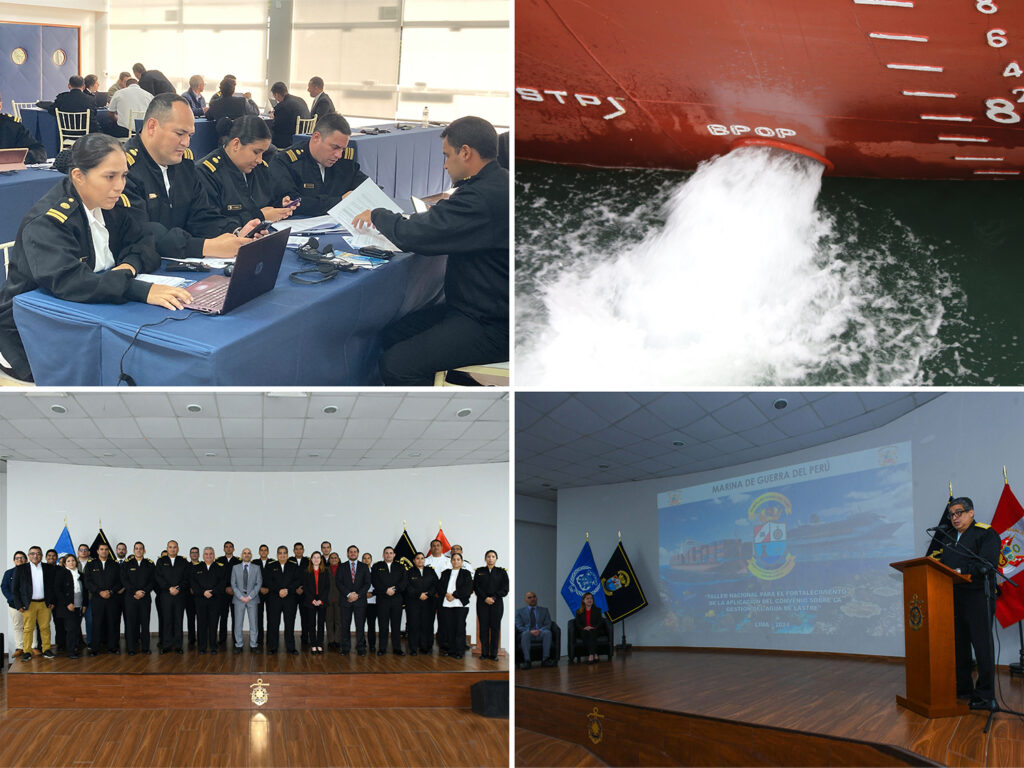By : Raul Villa Caro
Secretario de la Fundación “EXPONAV”
On June 20, 2023, at the age of 94, retired Mugardés frigate captain José Deus Trespassed away.
He was Profeesor of naval engineering, and a quiet man, he lived a life full of setbacks and feats, among which his contribution to the success of the Astano shipyard in Fene stood out.
Until the 17th century, the problem of launching ships was easily overcome thanks to the flexibility of wood and launching ships bow to sea, trying to avoid damage to the ships.

Later, with the arrival of steel, launchings began to be carried out stern to sea, as they are done today, mainly to reduce the salute of ships at the time of contact of the bow with the water.
However, the arrival of supertankers required designing elements that would prevent them from breaking up during launching.
The challenge of launching supertankers on an inclined slipway

Between 1967 and 1983, the company “Astilleros y Talleres del Noroeste, S.A. (ASTANO)” built thirty-eight oil tankers. These ships ranged from small tankers of 500 deadweight tons (DWT) to the largest ships built on an inclined slipway, of more than 363,000 DWT.

The constructions were progressively incorporating the design characteristics, equipment and systems required by the most important international conventions of the time, mainly SOLAS and MARPOL.
The skid, the key piece

José Deus invented the “skid”, the key piece that prevented those large ships from being able to set off on the day of their launch, facilitating the turning of the ship, thus reducing the brutal friction that used to accompany this type of process when ships were launched without this ingenious invention
The skid, still in use, consists of two parts made of steel, which slide over each other, on the cylindrical surface of contact between them, thus facilitating the turning of the ship during launching.
In addition, the bow sterns rest on the skid, which also helps to give the ship more buoyancy during launching.
Deus, in its final stage, after its successes in Astano, also carried out technical work for different shipyards such as Metal Ship and Hijos de J. Barreras, which allowed these factories to undertake the construction of larger vessels, as well as an optimization of their production facilities.
Deus, the great perso

Deus, as a member of the Navy and as technical manager of Astano, was a naval engineer with remarkable mathematical ability, who knew how to face the enormous technical challenges he had to face so that the shipyards in Ferrol were able to build and launch large oil tankers on an inclined slipway, despite the skepticism of engineers from all over the world, mainly Japanese. But above all that, another of his great qualities flourished, that of the great person he was.
One day I heard a friend and colleague say that his first contact with Deus took place in 1996, following a technical consultation that they made to a group of engineers from the Navy, about the extensometric technique.
He told me that at that time he called Deus and asked him about the possibility of meeting with him to have him explain something about the subject, and already at that moment he was surprised by Pepe’s good disposition.!
Read more :
Raúl Villa Caro write : Use of new technologies in practice marine




